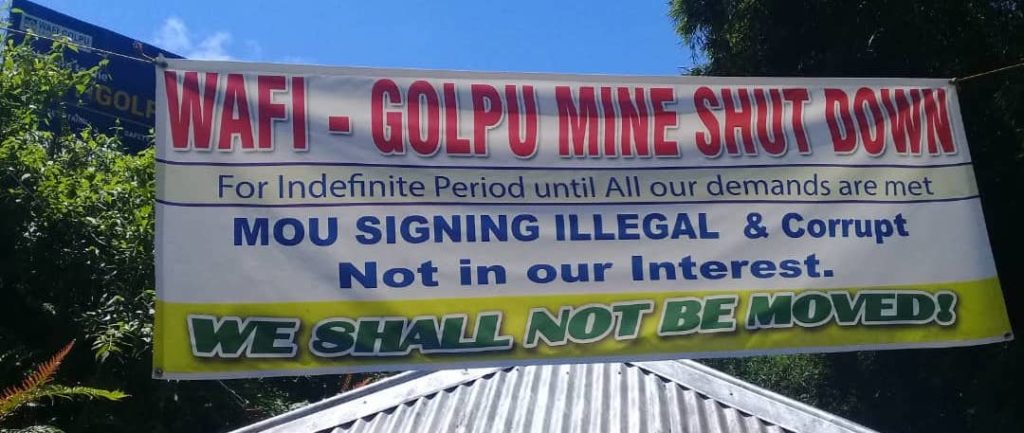Wafi Golpu: The Latest Mine to Menace Papua New Guinea
Wafi Golpu Joint Venture (WGJV)—a partnership between Australia’s Newcrest Mining and South Africa’s Harmony Gold Mining Company—wants to build Papua New Guinea’s largest underground mine near the city of Lae and the Watut River. If approved, the Wafi Golpu mine would dump 360 million tonnes over the life of the mine into the Huon Gulf and the Coral Triangle.

The Coral Triangle is home to 76 percent of the world’s coral species, 15 of which are found nowhere else in the world. The diverse marine waters support a multi-billion dollar tuna industry, providing jobs and food security to subsistence fishers and local communities. The area also provides critical habitat for blue whales, dolphins, porpoises and marine turtles, as well as thousands of species of reef fish. Five species of endangered turtles make their home in the Huon Gulf and the Labu Lakes, just south of the planned mine dumping site, is one of the few remaining nesting grounds for the critically endangered West Pacific leatherback turtles.
Local communities oppose plans to use ocean dumping over concerns that it will contaminate food and water supplies, and say d that they were not adequately consulted. Communities upriver, which rely on the Watut River, could also be impacted—communities already suffering the impacts of the Hidden Valley mine, also owned by WGJV, which has polluted water, flooded villages and destroyed crops. The WGJV plans to pipe the toxic waste 130 km along active fault lines through floodplains, farmland, and the country’s second most populous city before dumping it into the Huon Gulf.
“We do not believe that the company or the Government have gained the consent of the people of the Huon Gulf to dump mine waste in their sea waters. The Government should stop pushing this project through at once.”
Mr. Peter Bosip, Executive Director of the Center for Environmental Law and Community Rights Inc. (CELCOR)
Mining companies in PNG already dumps 22 million tonnes of mine waste annually into the ocean, smothering threatened sea life and the livelihoods of 120 million dollar PNG fishing industry. Waste from the Ramu mine has turned the shoreline of Basamuk Bay red, and is believed to have traveled far beyond the predicted deposit area. Shellfish, star-fish, sea cucumbers and other sea life populations have declined sharply.
What Are Tailings?
Tailings are the sludge left once the mineral is extracted from the ore. They contain crushed rock, processing chemicals and naturally occurring elements that become toxic when exposed to air or water. This toxic cocktail settles on and smothers the seafloor, killing everything that lives there. Tailings can also spread, contaminating other areas and destroying coral reefs and other habitat. Mining companies can avoid this dangerous waste disposal option in favor of safer, less destructive methods on land. However, it is important that land-based waste storage facilities have strong safety standards and appropriate oversight.
